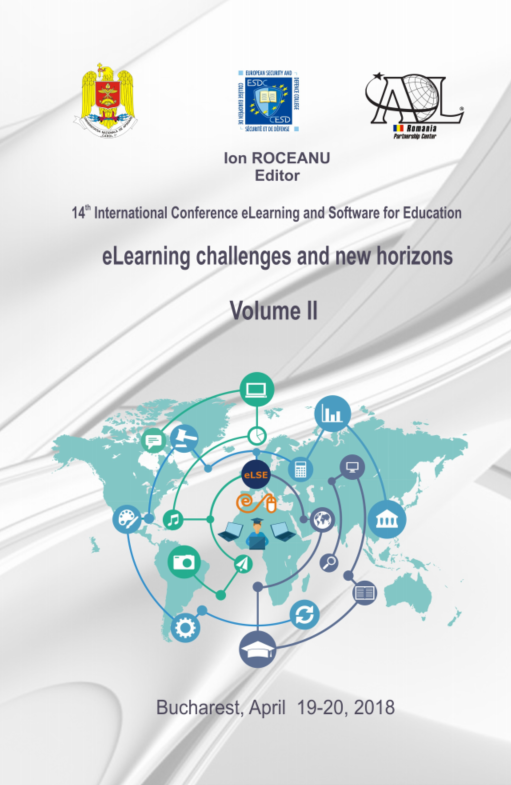Web based 3D environment for learning and measuring turning tools
Web based 3D environment for learning and measuring turning tools
Author(s): Vasil KOZOV, Galina Ivanova, Aleksandar IvanovSubject(s): Social Sciences, Education
Published by: Carol I National Defence University Publishing House
Keywords: 3D models; digital learners; mechanical engineering; web learning methodology;
Summary/Abstract: The report contains a description of educational 3D visualization techniques and their use in training mechanical engineering students. After the recognition of the benefits of presenting the information in 3D environment, a web tool using 3D models has been created for the students to use. A step by step methodology for education in web has been created, which in turn led to the use of a wide variety of intertwined methods to present the information to the students, such as video, picture gallery, 3D image virtual laboratory exercise, and text. In order to be able to go through an experience closer to the real-life experiment and exercise, the students need to interact with all kinds of tools that they can come across while taking the course in "Cutting tools". The learning tool features the following steps, based on the methodology for education in the web: Step 1: Theoretical lecture notes, introduction in what will be measured and how; Step 2: Learning through multimedia - photo gallery and video gallery; Step 3: 3D object gallery, containing the tools which will be used; Step 4: Theoretical test, to check on the basic knowledge gained so far; Step 5: Assessment of the test results, if the threshold of correct answers is passed, they are allowed to continue to the actual practical exercise, if not - they go back to Step 1; Step 6: Using the virtual cutting tools according to predefined methodology for virtual measuring in a virtual laboratory environment; Step 7: Generating a report, which contains the results of the measurement. The proposed highly interactive tool for self-learning in measuring the constructive and geometrical parameters of the cutting knives increases the level of understanding students gain. The interactive 3D virtual models enable students to have free and safe experience very close to the practical one at any time and from any location. The 3D objects can be ‘handled’ in much the same way their real counterpart can. This leads to the brain of the student recognizing the object as such – a real object, that can be manipulated not only a photo or a schematic in a book. This in turn helps the brain recognize the three dimensional existence and memorize it better. Each step of the methodology builds up and enhances the assimilation of the information by the young people. Guiding students with such a tool helps bridge the gap between knowledge and practical experience. Combination of methods and hybrid approach to finding solution of similar problems may very well be the future of educating the digital generation.
Journal: Conference proceedings of »eLearning and Software for Education« (eLSE)
- Issue Year: 14/2018
- Issue No: 02
- Page Range: 084-090
- Page Count: 7
- Language: English

